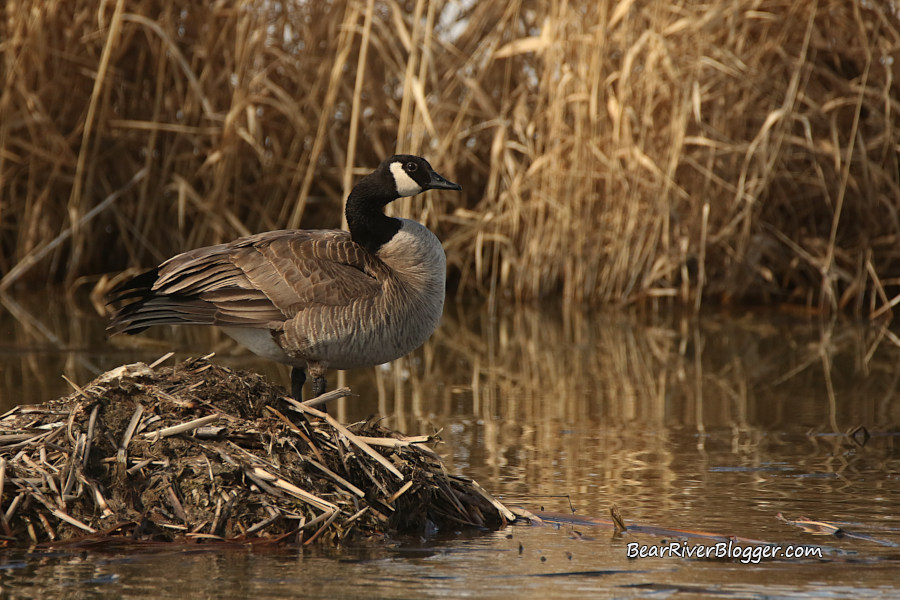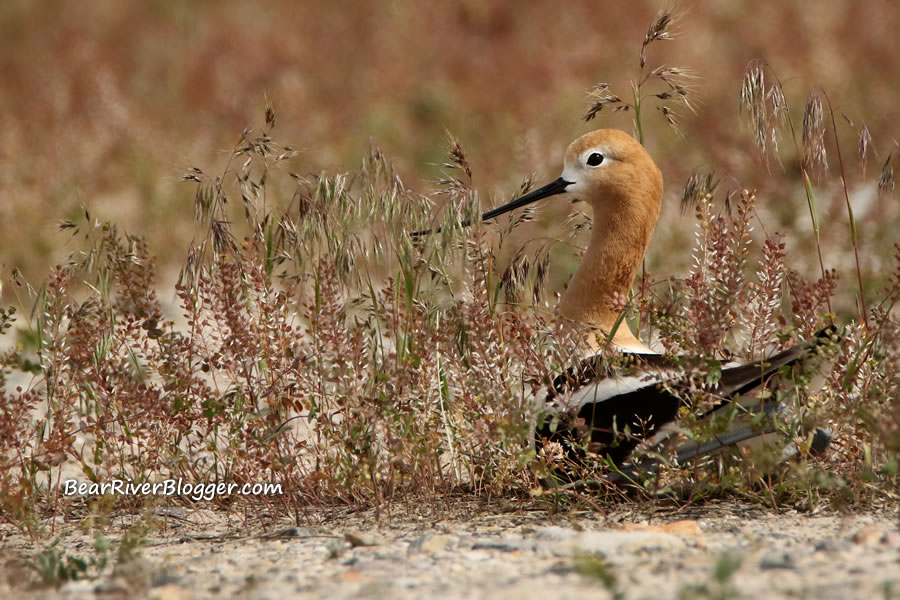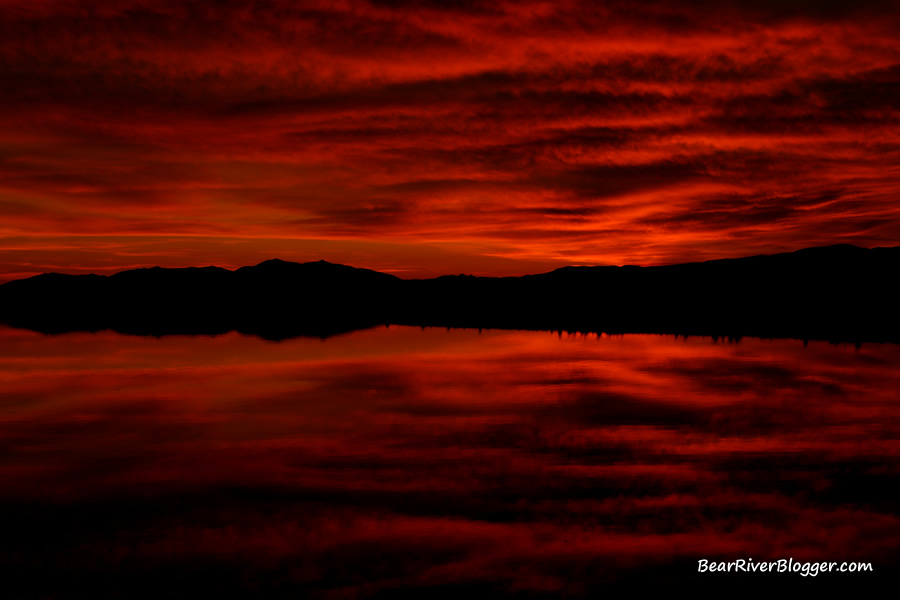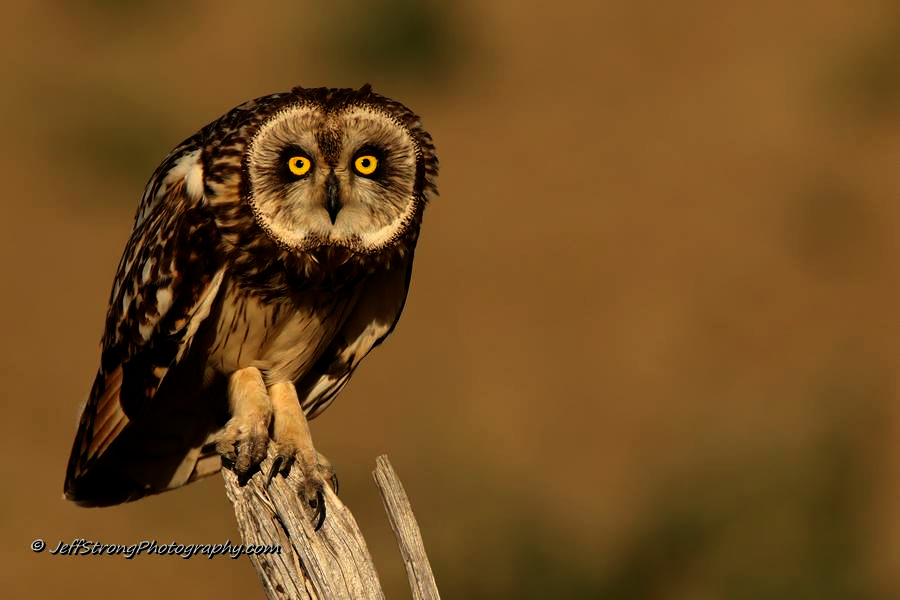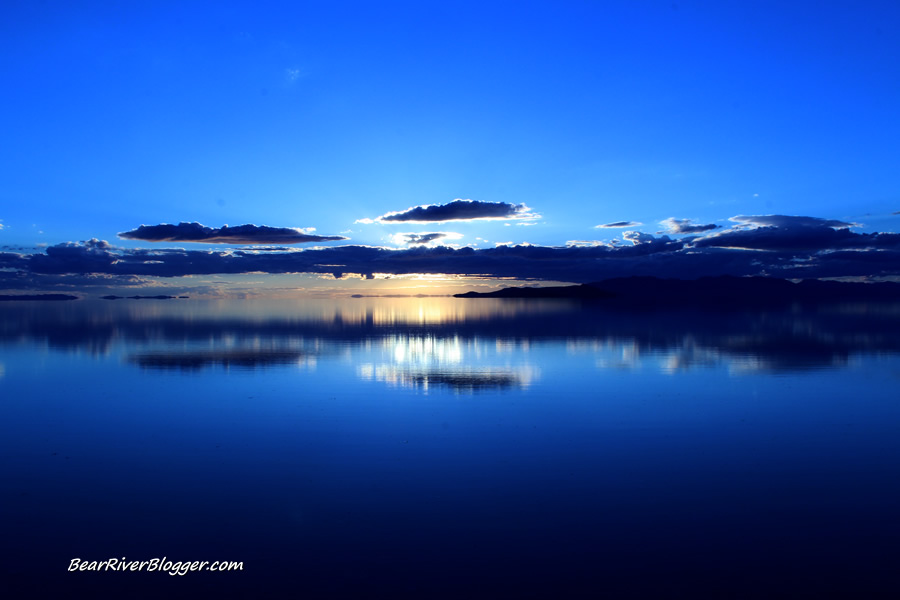Many years ago when I started to really get interested in bird photography I quickly learned how frustrating it can be when a bird I wanted to photograph was just too far away for my starter lens, namely the 75-300mm kit lens that came with my old Canon Rebel, to photograph without having to massively crop the image down during the editing process.
It seemed more times than not this was the case as I drove the Bear River Migratory Bird Refuge auto tour route in search of, just to mention a couple of examples here, great egrets, tundra swans, and the ever so elusive northern harrier, my nemesis bird of sorts.
I did the best with what camera lens I had back then, one that is most certainly referred to as a small lens by today’s standards, but I certainly missed a lot of bird photographs that, even to this day, I would love to have another chance at.

Fast forward to a few years later when larger camera lenses were becoming more abundant on the market and a lot cheaper too, thus resulting in me getting my first large camera lens which ended up being an inexpensive Sigma 150-500mm.
It started to level the playing field a bit more but, unfortunately, I still wasn’t satisfied with the results so I kept looking.
After a few more years of frustration I eventually found and, quite frankly, settled on the Tamron 150-600mm camera lens and, in fact, I still use it to this very day with all of my Canon cameras.
That was the beginning of my bird photography success, or so I thought, as having a big camera lens meant instantly better bird photographs, right?
Well, not exactly as I soon learned having a big camera lens didn’t instantly make me a better photographer, not in the least as it just made me take a lot more bird pictures, including a lot more bad bird photos to tell the truth.
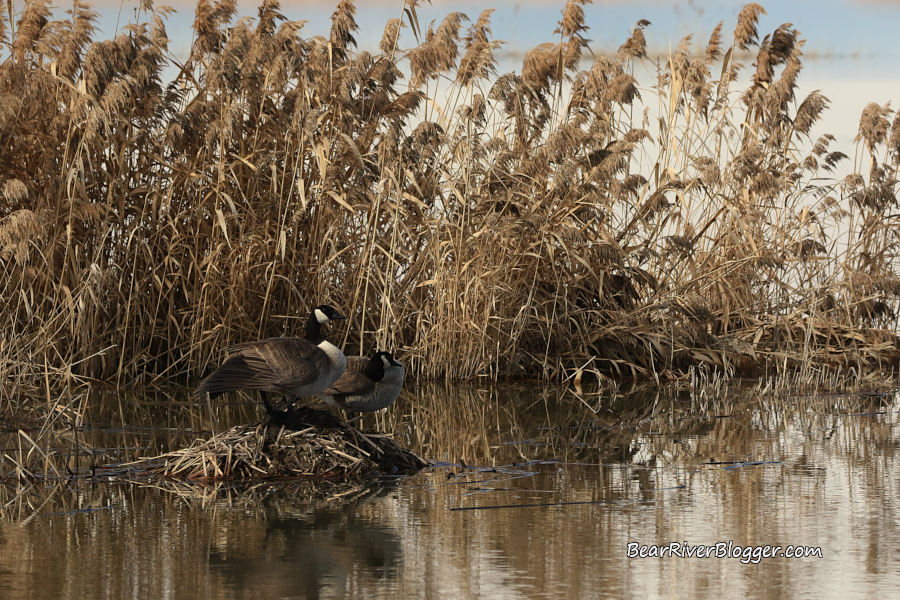
The problem was my overzealous zooming in on just the bird caused me to literally forget about the most fundamental concept of photography, composition, which, by the way, is what helps make a great photograph, well, a really great photograph.
It wasn’t until I started to resist temptation and backed off from zooming in super tight with my 600mm camera lens that I started to take, well, what I personally consider at least, much better bird photos, images that started to include some relative scenery and habitat with the bird.
Those are the kinds of bird photographs that tell a much better, more interesting story than just zooming in on the bird super tight.
In fact, a couple of my personal all-time favorite bird photographs, one of which I photographed a month ago on the Bear River Migratory Bird Refuge auto tour route and I’ll add to this post, have far more scenery and habitat in them than the original subjects, namely the tundra swans which were standing pretty far out on the glistening ice.

I opened up my lens as wide as it would go, all the way to the 150mm end of the spectrum in fact, and added as much scenery and frozen wetlands as I could and I think it turned out rather well.
By taking into consideration and viewing both the bird, the habitat, and the entire scene as a whole picture, opening up the image with a wider lens allows us as nature photographers to tell a much more complete, more interesting story than with just the bird and no supporting scenery or habitat.
Simply put, when you open up the image with a wider camera lens it will also help mold you into a much better nature and bird photographer as it will force you to watch your horizon and background so they both complement and enhance the bird in the overall scene.
It’s not easy at first and, truthfully, it can be downright frustrating for a while but once you get the hang of it and you start to see both the bird and the relative scenery behind it as a complete picture, your bird photography will almost instantly be a whole lot better and you’ll find you don’t always have to use a 600mm, or even larger, telephoto lens for bird photography to get a sensational image.
In fact, more commonly I am using the wider end of my 600mm Tamron lens, often switching back to my 75-300mm lens, so I can open up the photo in certain situations to add more scenery and habitat in the background.
Each bird photography situation is different and unique I will admit but, however, more times than not I am finding out you can opt for a wider lens and add some scenery to the image and make a much more compelling and far more interesting image than with just the bird alone.

Give it a try and see how it goes, just keep in mind to make sure your horizon is straight and, if possible, it’s placed on one of the horizontal thirds of the image if and when the situation allows it.
If you are a birdwatcher who is hoping to up your bird photography game, I invite you to head on over to our subscribe page and sign up for email notifications for future blog posts where we will be adding a few photography tip-related blog posts like this one from time to time.
(Instantly Better Photographs With The Rule Of Thirds. For short nature photography tips like this one and interesting stories about the natural world around us, subscribe to our Bear River Blogger channel on YouTube for videos and updates from our travels while out in nature, both on and off of the famed Bear River Migratory Bird Refuge.)

